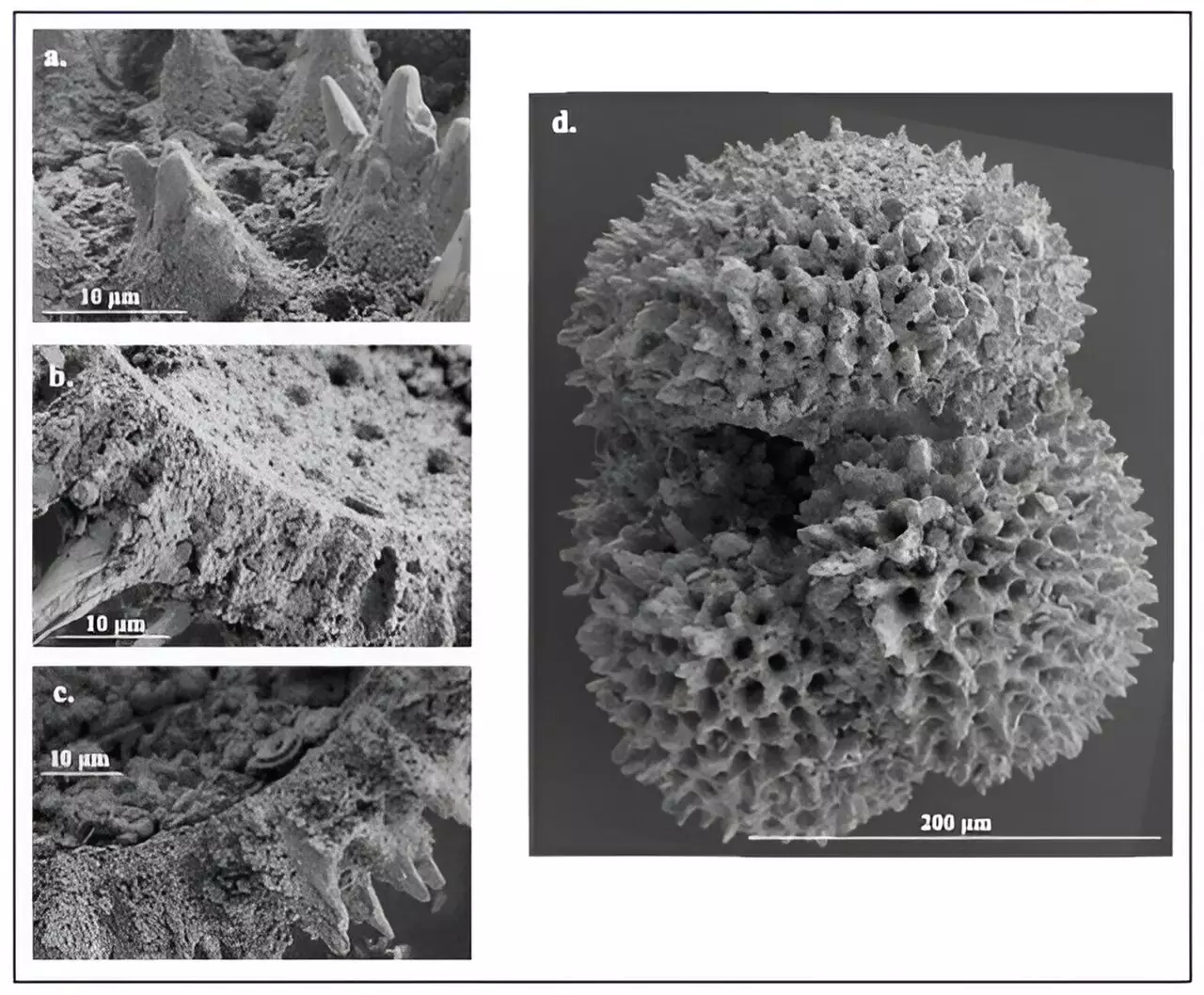The study of our planet’s geological past reveals critical insights into how current climatic changes might unfold. The Paleocene and Eocene epochs, spanning approximately 59 to 51 million years ago, provide vivid case studies of extreme global warming events, characterized by significant increases in temperatures and atmospheric greenhouse gas concentrations. Research conducted by geoscientists at the University of Utah illustrates an urgent connection between historical climate events and the current trajectory of human-induced climate change.
During the transition from the Paleocene to the Eocene epochs, the Earth underwent significant periods of warming, both gradual and abrupt. These climatic shifts are referred to as hyperthermals, with the Paleocene-Eocene Thermal Maximum (PETM) around 56 million years ago and Eocene Thermal Maximum 2 (ETM-2) about 54 million years ago representing pivotal moments in Earth’s climate history. Researchers observe that these events were driven by monumental releases of carbon dioxide (CO2) and other greenhouse gases, potentially compounded by tectonic activities. This period serves as a lens through which we can view the consequences of elevated greenhouse gas emissions, akin to those resulting from contemporary human activities.
The work led by postdoctoral researcher Dustin Harper reveals correlations between sea surface temperatures and atmospheric CO2 levels during these epochs, suggesting that these ancient warming events share striking similarities with current anthropogenic climate change. As today’s emissions increase dramatically—four to ten times faster than historical rates—understanding these climatic events is crucial for predicting the implications of our current trajectory.
The research team’s methodology utilized an analysis of microscopic fossils extracted from sediment cores taken from the Pacific Ocean. These diminutive organisms, known as foraminifera, provide key indicators of historical atmospheric conditions. By investigating the boron isotopes within their shells, researchers calibrated past ocean chemistry, translating these findings into atmospheric CO2 levels via a sophisticated statistical model. This scientific approach allows for the reconstruction of sea surface temperatures and greenhouse gas concentrations over the six million years encapsulated in their study.
The results were compelling, revealing that increased CO2 levels directly corresponded with rising global temperatures, echoing contemporary climate science’s predictions about the impact of current greenhouse emissions. Co-author Gabriel Bowen mentions that while variations in climate system sensitivity were noted, it could be concluded that the broader climate responses to CO2 additions were strikingly consistent through geological history. Importantly, these ancient events provide invaluable analogs for understanding future climate scenarios.
Existential Questions Posed by Historical Analogies
As scientists unveil the nuances of climate sensitivity from ancient epochs, they pose crucial questions about what our planet might face in the future should we fail to curtail greenhouse gas emissions. Harper notes that the PETM and ETM-2 may represent a dire case study for the worst-case scenarios tailored by current carbon release trends. If recent history is any guide, understanding the environmental impacts of ancient carbon release is foundational for projecting future changes and their ecological ramifications.
For instance, during the PETM, temperatures soared to levels unfathomable today. The poles were devoid of ice sheets, and global ocean temperatures reached mid-90s Fahrenheit. Studying such extreme conditions enables scientists to anticipate the potential disruptions to ecosystems, ocean chemistry, and climate stability that we might face in the coming decades.
The Urgent Imperative for Further Research
While the research lays a robust foundation, it concurrently highlights the need for ongoing study. Investigating how ancient climates responded to CO2 spikes is paramount for contextualizing present-day emissions. The historical perspective also underscores the critical nature of carbon cycle feedback mechanisms and the varying sensitivities of the climate system.
As we continue to grapple with escalating greenhouse gas emissions, insights gleaned from the distant past equip researchers and policymakers alike with a clearer picture of the potential challenges ahead. By embracing this knowledge, we can begin to formulate more effective strategies for mitigating climate change, ensuring that the lessons learned from our planet’s history are not ignored, but rather, serve as guiding principles as we navigate these uncertain times. In doing so, we hold the key to better navigating the intricate relationship between human activity and climate stability.


Leave a Reply